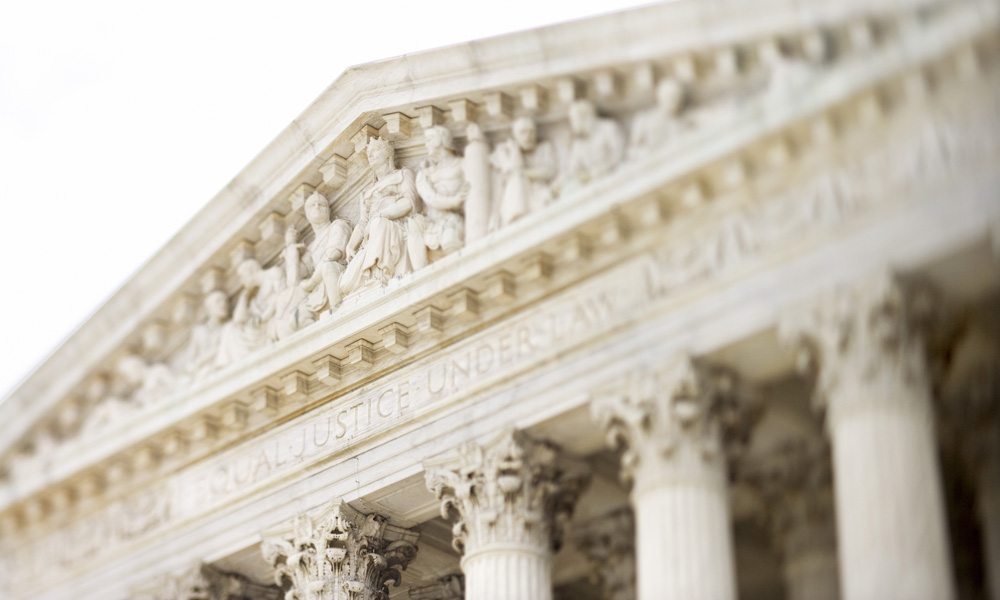
What’s a Supervisor? The Supreme Court Could Decide
Monday, the court heard arguments in the case of a Ball State University employee who faced harassment from her coworkers — one of whom she claimed was a supervisor.
Based on a case currently on the docket, the Supreme Court could redefine decades of employment-discrimination law.
The case, Vance v. Ball State University, could broaden the definition of what constitutes a supervisor — potentially opening up associations, businesses, and other groups to new lawsuits while giving affected employees more leverage. The court heard arguments in the case Monday. More details:
The case in question: A former Ball State University catering worker, Maetta Vance, says she was long subject to racially motivated harassment during her employment with the university. Vance was the only black employee at the time and complained to her employer about the situation for years — citing one coworker in particular, Saundra Davis, who Vance claims was in a supervisory role — before filing a lawsuit in 2006.
The expanded definition of whose conduct binds the employer will significantly increase litigation for employers.
Why it’s important for associations: The case could have a strong effect on employment discrimination laws, based on the Supreme Court’s decision, by offering a stronger definition of “supervisor” in the legal sense. Lower court decisions in the case have been split. The 7th Circuit Court ruled that a supervisor is only someone who can directly cause workplace action, such as hiring, firing, and promotions. However, lower courts have ruled that direct reports who work closely with the employee also count as supervisors. “The expanded definition of whose conduct binds the employer will significantly increase litigation for employers,” lawyer Camille Olson told Reuters.
Where associations stand: According to SCOTUSblog, both sides have backing from a number of industry groups. Vance’s amici support includes the AARP and the National Association of Employment Lawyers, among civil rights and employee rights organizations. Meanwhile, Ball State University has the backing of a larger number of industry groups, including big players such as the National Retail Federation and the U.S. Chamber of Commerce.
How the case could turn: While the federal government sees this as a serious issue, when the Supreme Court asked the U.S. Solicitor General to present its stance, the government suggested that Vance’s claims of Davis being her supervisor were weak — though it encouraged the Supreme Court to create a stronger standard that Vance and her attorneys could use in re-arguing her case at a lower court level. Ball State University, meanwhile, attempted to dissuade the high court from taking on the case, arguing that previous legal precedent didn’t match Vance’s specific situation. While the Supreme Court has previously passed on similar cases, however, they took on Vance’s — suggesting a precedent could be made.
Where does your association stand on this issue? Let us know in the comments.
(Comstock/Thinkstock)






Comments